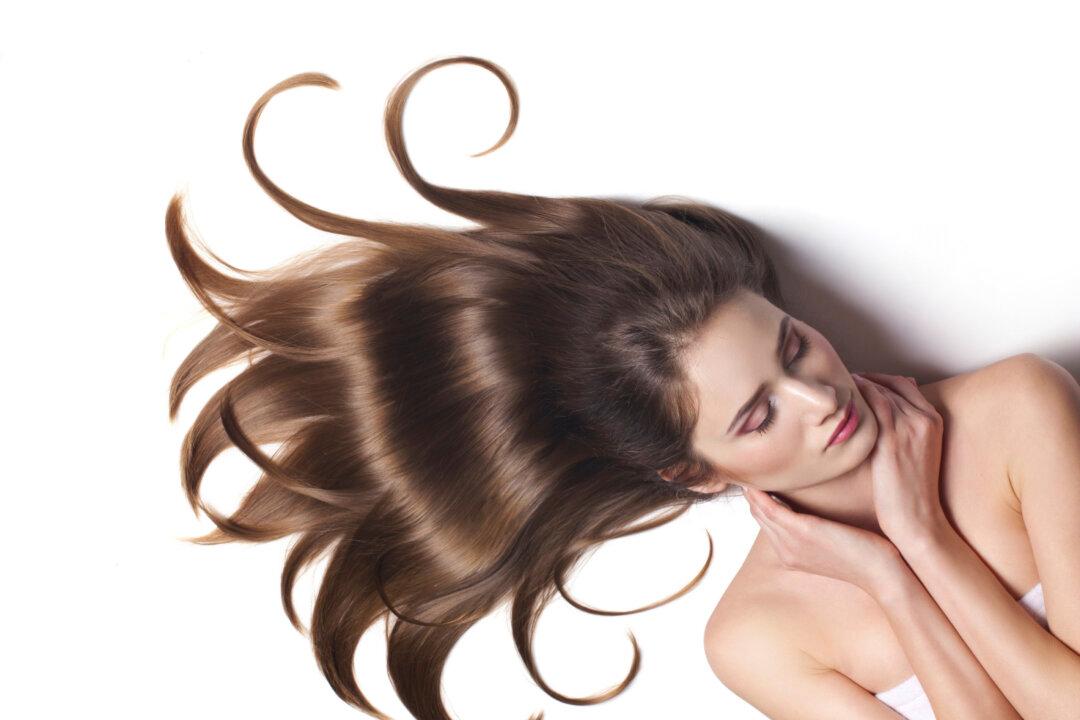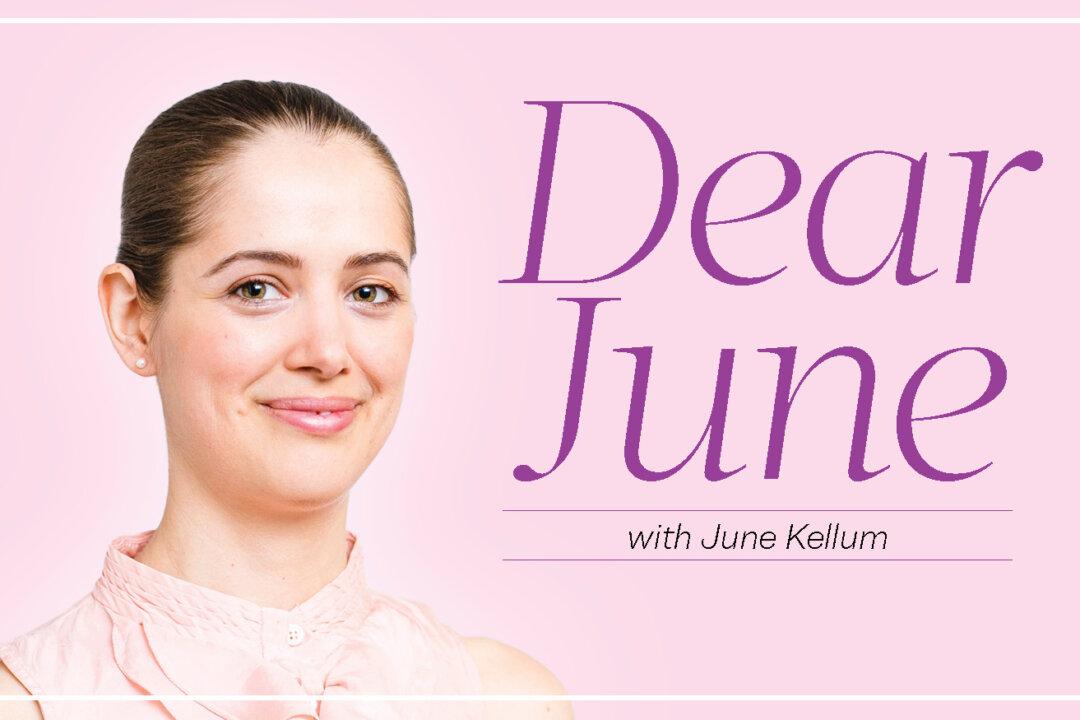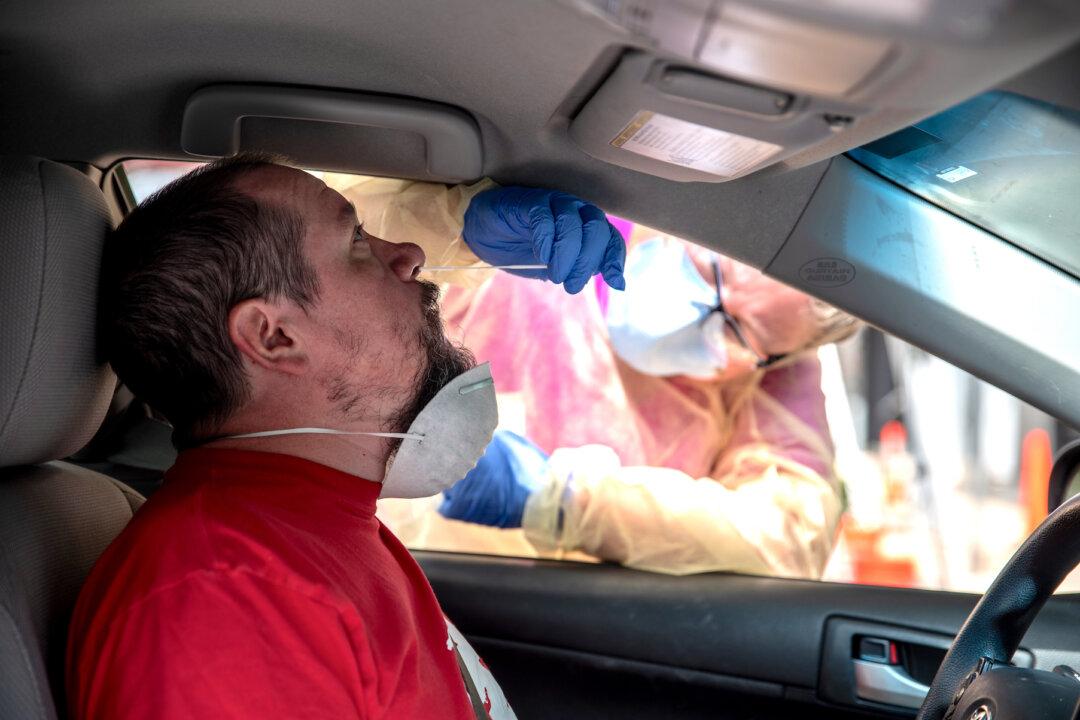Most of us have a favorite shampoo. We’ve shopped around and found one that smells right and leaves our hair soft, full, tamed, shiny, and the like. However, we probably don’t know what’s in our preferred hair-care product because reading a shampoo label is like reading a foreign language.
For example, the chemical dimethicone (which makes hair shiny and easy to comb) is in many shampoos but is classified by the Canadian government as a possible toxin that warrants further study. How can we know if it’s safe?
In addition, there has been a lot of debate about the safety of sodium lauryl sulfate (SLS) and sodium laureth sulfate (SLES).
I asked board-certified hair transplant surgeon Dr. Robert Dorin his perspective on what shampoo ingredients we should avoid and why. The following is what Dr. Dorin had to say.
Ammonium lauryl sulfate, sodium laureth sulfate. Look for a shampoo that does not contain these ingredients, as they are harsh detergents.
Sodium Lauryl Sulfate. Sodium Lauryl Sulfate (SLS), another harsh detergent, is the agent in many shampoos that causes that foaming lather we often see in hair commercials.
What you don’t know is that exposing your hair to this chemical actually destroys it in the long run, stripping it of essential oils it needs to stay healthy, breaking down protein and halting healthy hair growth. Products containing SLS have a cleaning power that is overwhelming, stripping the hair.
Sodium Chloride. Better known as table salt, sodium chloride is used as a thickener in shampoos and conditioners containing sodium lauryl sulfate. Sodium chloride may also cause dry and itchy scalp in addition to hair loss. Also, this should be avoided in people who have keratin treatments, as it undoes the benefit faster.
Polyethelyne Glycol. Also called PEG/Polyethelyne or Polyoxyethelyne, this ingredient is included in shampoos as a thickening agent. It strips hair and skin of their natural moisture.
Diethanolamine (DEA) and Triethanolamine (TEA). Products containing DEA or TEA can cause scalp irritation and bad allergic reactions, and they also destroy all the good stuff in your hair (such as keratin), making your hair dry, brittle, and lifeless.






